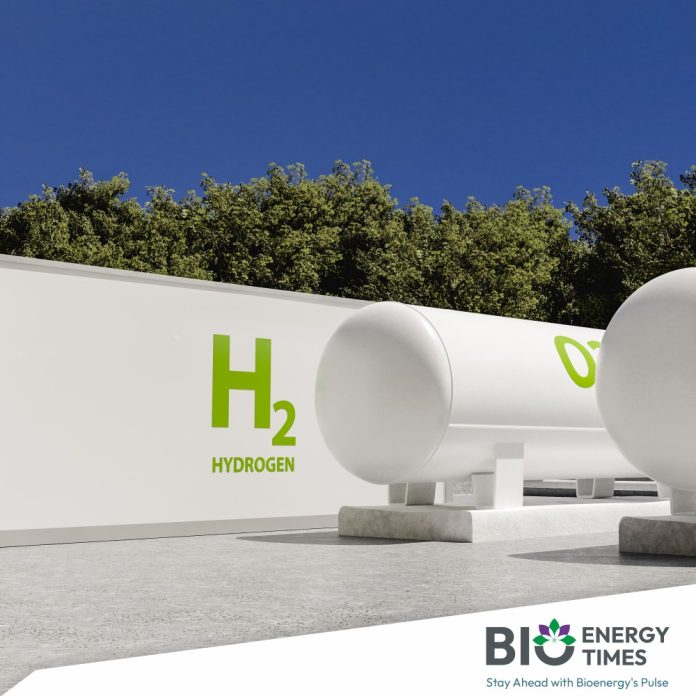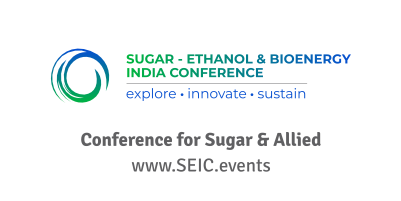Union Minister for New and Renewable Energy, Pralhad Joshi, visited the esteemed Indian Institute of Science (IISc) in Bengaluru today, where he observed a groundbreaking innovation that produces eco-friendly green hydrogen using agricultural waste. During his visit, the Minister engaged with prominent professors, researchers, and industry leaders, highlighting IISc’s vital role in driving India’s clean energy future and addressing the key challenges faced by the scientific community.
In his address, Joshi expressed his appreciation for being at IISc, describing it as a symbol of “global respect and national pride.” He extended his gratitude to IISc Director Prof. Rangarajan and commended the dedication and enthusiasm of the institute’s faculty and researchers. Acknowledging IISc’s century-long legacy of scientific excellence, the Minister particularly praised the “highly advanced green hydrogen generator” developed by Professor Dasappa and his team. This innovative system, he noted, exemplifies the successful transition of fundamental science into impactful technology.
Calling the system a “global achievement,” Joshi emphasized its capability to produce up to 5 kilograms of green hydrogen per hour with over 99% purity using India’s agricultural residues—materials that would otherwise be burned or left to release harmful methane. He described the invention as a “truly self-sufficient innovation” that not only avoids emissions but actively reduces atmospheric carbon, stating, “Every kilogram of hydrogen produced here removes more than one kilogram of carbon dioxide from the atmosphere.”
The Minister linked this development to the National Green Hydrogen Mission (NGHM), initiated under Prime Minister Narendra Modi, with a total outlay of ₹19,744 crore. He reiterated the mission’s ambitious objectives: producing 5 million metric tons of green hydrogen annually, adding 125 gigawatts of renewable energy capacity, attracting ₹8 lakh crore in investments, creating over 6 lakh jobs, and cutting carbon dioxide emissions by 50 million metric tons each year. Funding has already been allocated for an annual electrolyzer capacity of 3,000 megawatts and green hydrogen production of 8.6 lakh tons.
Joshi emphasized that financial investment alone cannot drive success, and he laid out four critical national challenges for the scientific and academic community:
- Hydrogen Storage: Highlighting the difficulty of storing hydrogen safely, he called for dedicated research programs focused on secure and reliable storage solutions.
- Reducing Electrolysis Costs: Stressing the need to lower the cost of hydrogen production, the Minister stated, “True progress comes not from subsidies, but from science.” He urged the Center for Nano Science and Engineering (CeNSE) at IISc to develop next-generation, efficient, and cost-effective electrolysis technologies using nanomaterials and thin films.
- Affordable Hydrogen Vehicles: Joshi pointed to the importance of making hydrogen-powered vehicles more cost-effective and establishing accessible fuel refueling infrastructure. He acknowledged IISc’s ongoing work in this area and noted that five pilot projects are already underway, covering 37 hydrogen vehicles and nine fueling centers under NGHM.
- Lowering Green Hydrogen Prices: The Minister stressed the urgency of reducing green hydrogen’s cost from the current ₹300–₹400 per kg to ₹100, echoing Amitabh Kant’s 2030 target of $1 per kg.
Before concluding, Joshi challenged the IISc community to not only advance India’s green hydrogen capabilities but also to position the country as a global leader in affordable and sustainable hydrogen technology. He assured full support from the Ministry, including collaboration on pilot projects, financial assistance, and industrial partnerships to scale up innovations.
He ended his address with a call to action: “Together, let us make India a frontrunner in the green hydrogen economy.”














